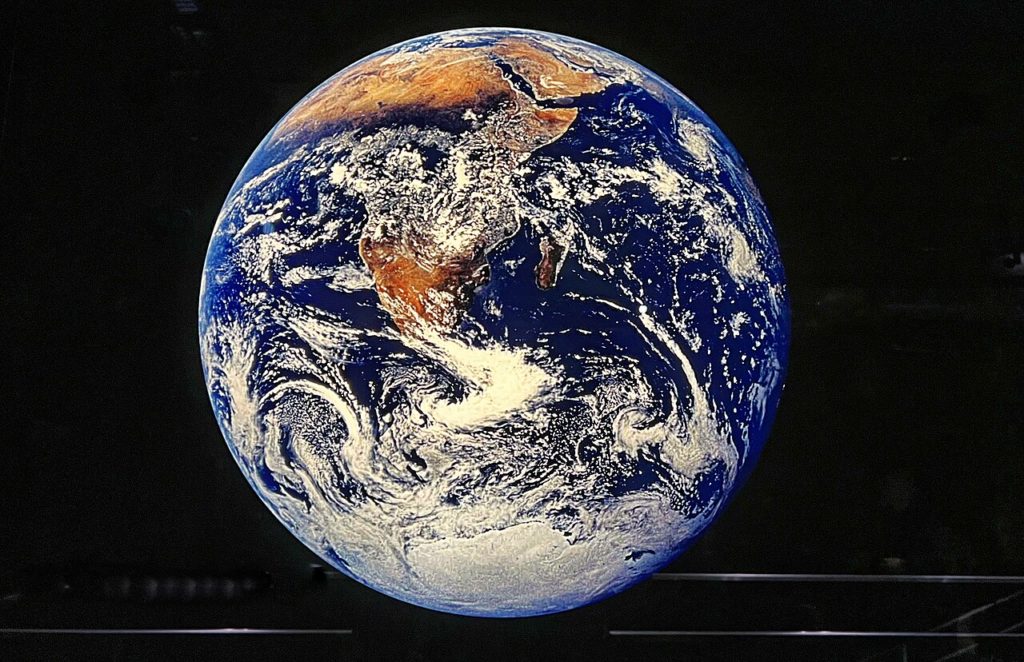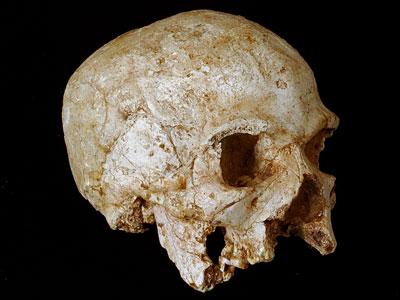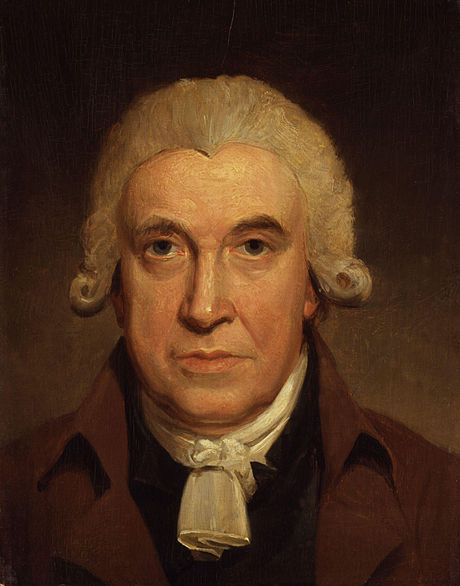The History of Energy part four: Emerging change

We are pleased to continue the series in which Gareth Wyn Jones, Professor Emeritus of plant biology and bioscience at Bangor University considers the history of energy and asks what lessons it holds for today’s world.
Gareth Wyn Jones
The rapid gallop through nearly 4 billion years in the last article obviously simplified and left out many important aspects. These included many other smaller energy step changes such as evolution of warm-bloodedness, bi-pedism, and the colonisation of land. Although not my main theme, it is important to note that there has been a parallel energising of violence in human societies since the time of our earliest ancestors.
Wars and quarrels would have originally involved fists, throwing spears and cudgels. Now it’s drones, supersonic missiles and thermonuclear bombs. (The carbon footprint of Russia’s invasion of Ukraine must be enormous!) However my objective in this fourth article is to pick up some lessons from this hectic journey we followed in the third article.
New ways of exploiting energy
Clearly the six revolutionary energy-dependent step changes differed from each other in important ways. The second step involved capturing a completely new source of energy, i.e. tapping into sunlight through photosynthesis. Others have initiated different ways in the coupling energy to work and complexity.
For example, the acquisition of brain power in early humans depended on better food and then using the extra energy and nutrition to further increase their brain power and their abilities to hunt, gather and likely making food more nutritious by cooking and to work together; a complicated set of positive feedbacks.

Using our brains
The agricultural revolutions were similarly phased and complicated. Humans became able to command for themselves, at favoured locations, more of the energy derived from photosynthesis. This allowed an increase in their population which overtime, and again using their braininess, led to new ways of its coupling of work and power and to the emergence of complex societies and structures (see ‘A’ and ‘B’ as sketched below).
In the case of the 6th step, the Industrial Revolution, a new and convenient energy source, fossil fuels, was exploited and, as we all know, increasingly clever and sophisticated ways of using it have been discovered. Indeed, from our earliest times humans have been toolmakers and have use tools to leverage increasing useful work from the resources available to them.
———————————————————————————————————
Fig. 1.
Coupling ‘A’ Coupling ‘B’
¯ I
Free energy ————> Work per unit time/power ———–> Ordered dynamic complexity
———————————————————————————————————
Stabilising the growing complexity
As I’ve outlined previously, structures that are dependent on a constant flow of energy are intrinsically unstable. All organisms and human social and material constructs must therefore have evolved mechanisms to stabilize and regulate themselves so coping with irregular energy flows and changing external environments.
One remarkable feature of a cell, and of life itself, is that it has released itself from the second-by-second tyranny of a dependence on a steady flux of external free energy. It does so by storing chemical energy and by an ability to respond to changes in its environment. How the first cell achieved this degree of stability remains a mystery.
In biology the term homeostasis is used for the regulatory and stabilizing aspects of metabolism. We all know about the importance of checking our blood pressure and body temperature and keeping these and other factors around given set points or normative values. Some of these factors are remarkable constant over a wide range of organisms, and are good indicators of our health. We check to see if our internal regulatory systems – our body’s homeostatic mechanisms – are in good working order.
Similarly, even singled celled organisms have such mechanisms to stabilise their metabolism and can be seen to swim away from stresses e.g. too much heat, and towards food sources. This homeostatic principle can be applied much more widely to all aspects of the relationships between the individual cells or whole organisms and their surrounds or, indeed, humans and their social environments.
Inevitability of regulation
These ideas were developed by a Portuguese American neuroscientist Antonio Damasio. He realised that an arrow of evolutionary change in the hierarchy of such homeostatic, regulatory mechanisms can be recognised from a single prokaryotic cell to a complex multi-organelle cells, to multi-cellular, multi-organ animals and higher plants through to relatively primitive and now much more complex human societies. His ideas are explored here.
Natural selection operating over thousands of generations appears to have ensured the homeostatic stabilization lower down the evolutionary hierarchy is virtually invisible in higher organisms or even in societies unless exposed by disease or other disaster. Day to day we humans are unaware of the importance of maintaining the balance of sugar or sodium or our blood pressure near to the appropriate set-point. Biological homeostasis works exquisitely well but a major deviation implies a medical condition and may result in death.
Antonio Damasio has argued that this homeostatic hierarchy should be extended to human behaviour, especially the ways in which we express and control our emotions and feelings. From our earliest ancestors through to modern humans, these emotions and feelings have evolved gradually to enable a degree of social, sustainable, yet dynamic, cohesion – social homeostasis.
They, as well as our brain power, have permitted our cultural diversity and collective technological prowess. These adaptations have been critical to the evolutionary success of H. sapiens compared with other apes in allowing humans to coexist and collaborate in close proximity and relative harmony unlike most our closest primate ancestors. Regulation of our personal behaviour and in humanity’s social systems is vital and inevitable.

More power: speeding up change
Secondly, it is striking, when considering the individual step changes, how events have accelerated over the eons of time. The early revolutions were separated at about a billion year but with the emergence of brain power, the changes came thick and fast. At first hundreds of thousand, then thousands of years, now merely decades. It is only a little over two hundred years since James Watt invented the first relatively efficient steam engine and Matthew Boulton proclaimed ‘I sell here, Sir, what all the world desires to have – power”.
Power is defined physically, as work per unit time. It is unsurprising therefore that more and more energy, or its better coupling to work/power and growing complexity is reflected in this massive acceleration in the rate of change. This has profound implications for us today as I will discuss later.
While Bolton made a fortune selling the new-fangled power from steam engines, his quote also underlines the close relationship of energy and power: physically, economically and politically.
The powerful
Alfred Lotka and Howard Odum and others have advocated the ‘maximum power principle’. That is that self-organising systems, out of equilibrium with their surroundings, systematically maximise their power intake to increase their own success and survival chances. The authors were mainly concerned with biology but it is not far-fetched to see similar trends in human society. Power in human communities is about the ability to command either directly or indirectly the work of others or the fruits of that work.
Before the Industrial Revolution this usually revolved around the ownership of land, especially fertile land, and the production of food and the consequent availability of manpower and horses in peace or war. The relationship of food supply to power was very close. It is no accident that the powerful Marcher Lords controlled the best land.
Havoc: the risks
As described vividly by Peter Frankopan in The Earth Transformed, human history before and after the Industrial Revolution is replete with examples of powerful men (usually) or groups creating great empires, but the tyrants then being overthrown by events for which they were ill-prepared. Such events were often environmental disasters – droughts, volcanic eruptions and various diseases and pests. They brought havoc and great misery and death to the ordinary people, largely because of food shortages.
Great emperors and empires fell not only because of competing tyrants but because of unanticipated environmental crises. ‘Power may come out the mouth of gun’ (Chairman Mao) but always depends on the control of energy – historically this has been calorific energy but now it’s mainly guns and explosives! But Russia’s current blocking of Ukrainian grain exports shows the old powerplays still count!

Interdependency and elites
Thirdly, while each step change heralded a new level of complexity, – some authors refer to ‘the arrow of complexity’ – the new emerging forms remain dependent on the previous levels of life. Thus, the eukaryotic world depends on the prokaryotic one, as indeed we, Homo sapiens, do. Virtually all life on Earth depends on photosynthetic energy. Modern human megacities depend entirely on the less complex life forms e.g. bacteria in sewage farms, as well as food acquired using skills some dating back to the agricultural revolutions.
However, it also appears that the revolutions have created opportunities for new elites to emerge, certainly after the evolution of braininess, First Homo erectus, then H sapiens, much later after the agricultural and industrial revolutions, new power-controlling human elites have emerged.
It has also been proposed that at each of energy levels there has been a maximum degree of societal and cultural complexity compatible with the available energy source and its concomitant technologies. For example, it is suggested that the Roman and Chinese Song empires represent the high watermark for societies dependent on, and energised and empowered, by agriculturally-derived calories with only a modest input from classical wind and water power.
Competing and cooperating
Fourthly this analysis also highlights the subtle balance between cooperation and competition in determining the arrow or fate of evolutionary change. You may recall our earlier discussion that all complex cells (eukaryotes) and consequently all multi-cellular life has evolved from the fusion of a single archaean and bacterial cell. This unique combining is known as endosymbiosis.
Other, only a little less dramatic, endosymbiotic events have occurred. Cyanobacteria, the bacteria that evolved a capacity to undertake oxygenic photosynthesis, have also been ‘endosymbiotically’ captured by eukaryotic protist [i.e. single cells with complex internal structures including mitochondria] resulting in the ancestors of modern photosynthetic plants and trees. Lichens and coral have arisen from the cohabitation of fungi, alga and cyanobacteria, while the colonisation of land depended on the positive, cooperative interactions of lichen, fungi and plants.
The success of our earliest ancestors depended, almost certainly, on their enhanced capacity to cooperate, to successfully hunt, gather and cook food. Greater brain power improved social skills as well as no doubt promoting competition for resources and living space.
This emphasis on cooperation is not to minimise the importance of Darwinian natural selection and competition. The survival of the fittest has clearly played a vital part in evolution. But assessing the balance of cooperation and competition in biology and indeed in human society is not easy. It is clear that raw competition is not the whole story.
Energy and information
Finally, there is the difficult issue of the relationships of these energy step changes and indeed energy itself with information processing. With the possible exception of step 2 (the capture of solar radiation by oxygenic photosynthesis), each step change has involved some major change in the processing of information.
Step 1, the origin of a simple cell, as I discussed, required a reliable energy source but of course also depended the genetic code and a capacity for the intergenerational information transmission. In the case of Step 3 the fusion of a bacterial and archaean cell to form the first complex eukaryotic cell, there were major changes in cell structure, in how genetic selection works and in cell energetics.
Eukaryotes have significantly more energy available to carry out the ‘work’ of their genes. ‘Busy’ eukaryotic cells such as our muscle cells or the neurons in our brains have thousands of mitochondrial powerpacks per cell. Step 4, as we’ve discussed, saw the enhancement of proto-human neural capacity and the emergence of non-genetic information transfer.
New ways of transmitting information and coordinating activity, and likely the earliest type of primitive speech, emerged. This allowed increased direct transmission of learnt experience from parent to sibling and within a tribal group to all its young. And beyond, no doubt, as we are great copiers. Step 5 also led to enhanced information transfer to facilitate urbanised, social interactions. In time record keeping, writing and mathematics and libraries developed.
While the Industrial Revolution [Step 6] has improved our capacity to transmit knowledge, initially, by better printing and distribution, then radio and television. By now we are in a globalized world of digitization, many forms of electronic data transmission and processing, including our current obsession with the social media, “big data” and artificial intelligence (AI).
One feature of energy which I mentioned in an early article in this series, is that, as well as there being ‘free energy’ i.e. that capable, in transformations, of doing useful work, there is ‘residual’ energy which has lost this ability e.g. heat generated by friction or by cell metabolism; this energy is called entropy.
You may recall in article 2 that entropy also a broad measure of disorder at the molecular level. Thus, organised systems are defined by detailed information, disordered more random system much less so. So there appears to be a broad relationship between energy (usable free and entropy) and information, which is important as we enter the world of AI. However, it is not an aspect I will pursue further.
Our current crises
What is important right now is the future of us humans and the rest of life on this planet, remembering we are interdependent. I believe the patterns we’ve been discussing have profound implications on our current human crisis and where we go from here.
There are lessons we can learn about both why we have been so slow to react and how we should react to global warming and the challenges of artificial intelligence? Is it all out of our control? No not necessarily. But we should urgently be thinking about our future in new ways.
Read all the previous installments of The History of Energy here.
Support our Nation today
For the price of a cup of coffee a month you can help us create an independent, not-for-profit, national news service for the people of Wales, by the people of Wales.




